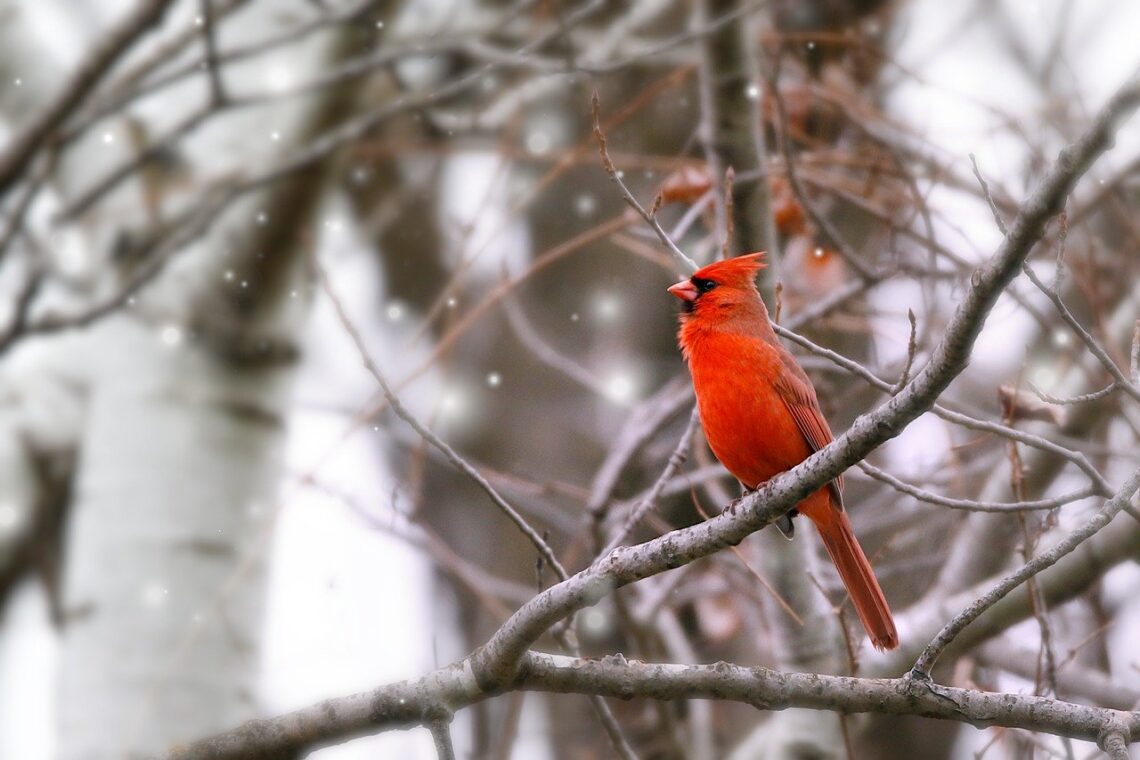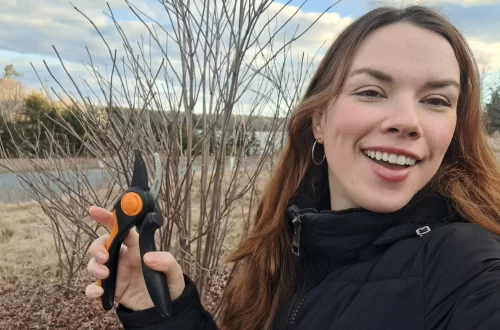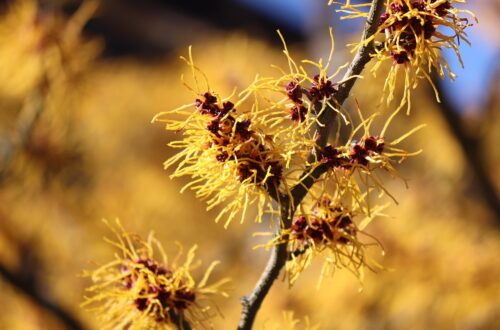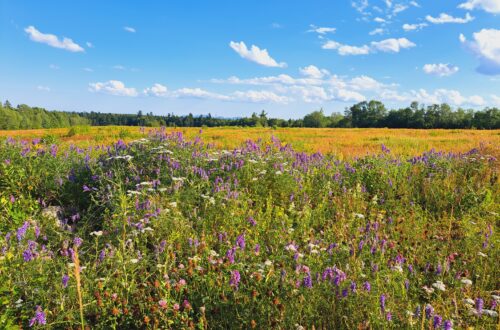I live in chilly Maine, where the growing season is relatively short and the winter winds blow long. But no matter where you live, there are plenty of winter gardening tasks to keep you occupied ‘til spring. From ordering seeds to pruning trees, this winter garden checklist will help you protect your winter plants and prepare for the spring growing season to come!
Affiliate disclosure: As an Amazon Associate, I may earn commissions from qualifying purchases.
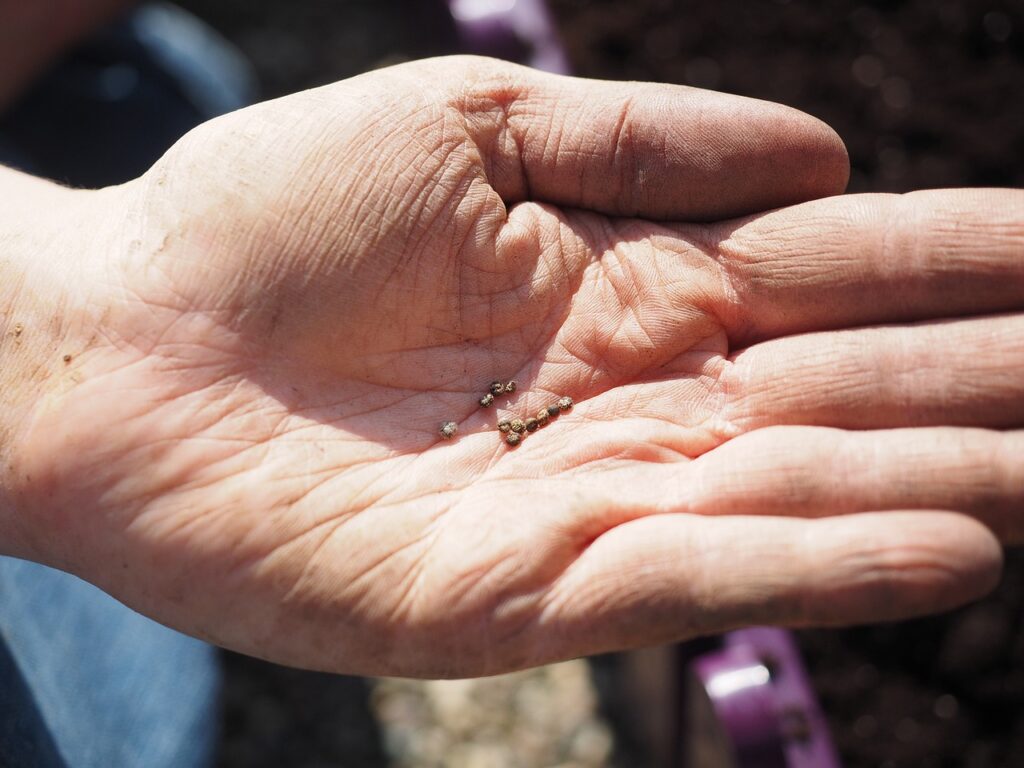
1. Order Seeds
Ordering seeds is, hands-down, my favorite winter garden task! It’s 1 part planning and 2 parts creativity, and it gives you a chance to explore new plants and cultivars you didn’t get around to planting last season.
Most seed companies send out their seed catalogs from December to January and seeds are usually shipped out in late winter or just in time for indoor seed sowing. I usually order my seeds from Baker Creek or Fedco Seeds, while Strictly Medicinal Seeds and the Wild Seed Project have a nice selection of medicinal herb and native plant seeds (not sponsors). If you have favorite seed companies, feel free to share them on our Facebook community group page too!
2. Prep Your Grow Room
While you wait for your vegetable, herb, and flower seeds to arrive, double check that you have all the seed starting supplies you need for indoor sowing. If you’re reusing pots and plant labels, remember to sterilize those tools with a 10% bleach solution to ensure no pathogens are leftover from the previous growing season. For added space, I usually start indoor seeds on a shelving unit that I put up in winter and take down when I transplant the seedlings outdoors in spring.
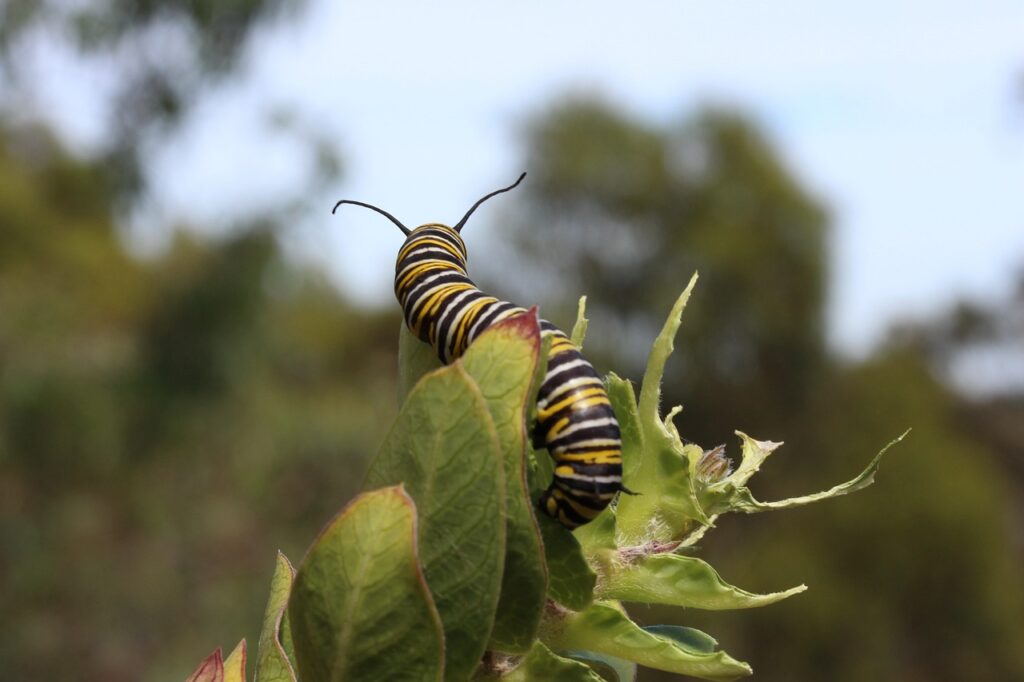
3. Winter Sow Native Plants and Long Season Crops
Most seeds are started indoors in early spring or outdoors later in the season when temperatures are sufficiently warm. But long season crops, like onions, shallots, and artichokes, are typically started inside in mid-winter to ensure they have enough time to mature before the harvest season. Mid-winter is also a good time to cold stratify native plant and wildflower seeds, like milkweed.
Tip: If you don’t have a lot of space indoors for seed sowing, you may want to winter sow seeds outdoors in milk jug greenhouses!
4. Plan for Spring
Ordering seeds is just one way to prepare for spring. But you can also use the winter months to sketch out new garden beds, order bare root perennials and trees, make DIY garden art, craft bird houses or dead hedges for wildlife, or source needed supplies for your spring garden. I’ve been keeping a garden journal for a few years now and I go over my journal notes in winter to decide what worked during the previous growing season and what changes I’d like to make in the new year.
5. Adjust Cloches and Plant Covers
If you have any plants growing under cover, keep a watchful eye on them through the winter months and adjust those winter coverings as needed. I always recommend not wrapping the top of plants like hydrangeas with burlap in winter as burlap coverings can get heavy when they’re covered in snow! If you’re using burlap in this way, shake heavy snow off your plants as soon as you can to avoid broken stems and branches and make sure plant cloches don’t topple over in strong winds.
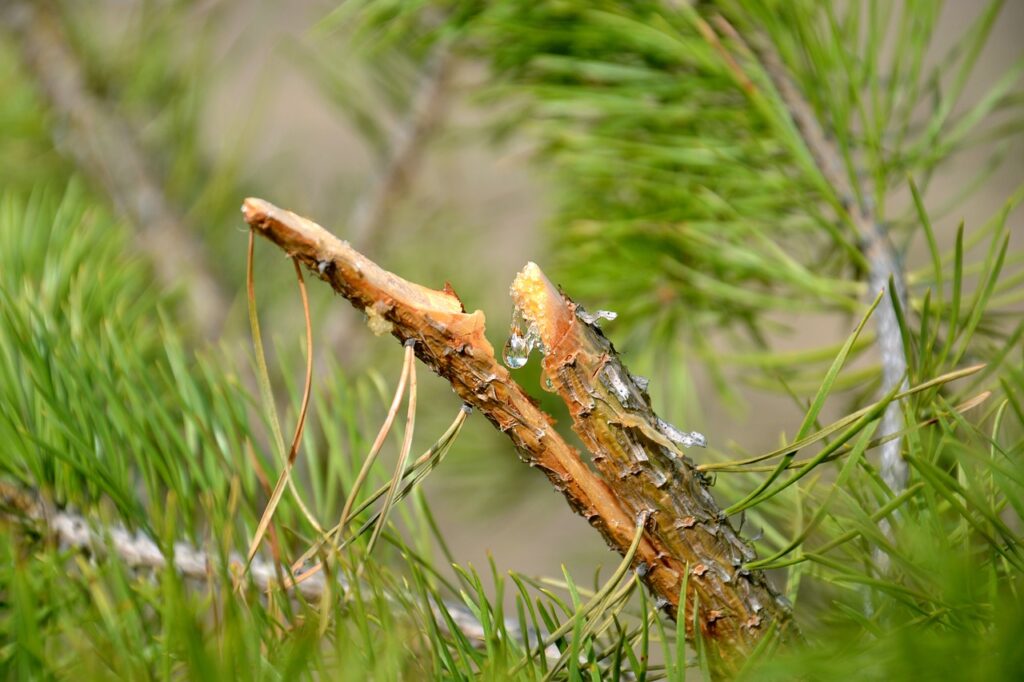
6. Do Some Winter Pruning
Most plants should not be pruned in winter since pruning in cold weather can make plants more susceptible to cold damage (and it can remove hiding spots that pollinators need!) However, late winter to early spring is the best time to prune most trees, including many of our favorite fruit trees and deciduous trees that flower on old wood. If any of your plants sustain winter damage, feel free to prune away those broken stems in winter as well.
7. Clean Garden Tools
I recommend thoroughly cleaning garden tools before packing them away in fall. But if your autumn chores got away from you and you didn’t get a chance to clean your tools earlier, you can clean and polish up your pruners, shovels, and rakes in winter too!
- For general cleaning, I brush off extra dirt with a stiff brush and rinse stuck-on mud away with Castile soap. Tools should be thoroughly dried before storage to prevent rust!
- For rust issues, I usually soak my tools in a vinegar mixture (1 part vinegar to 1 part water) overnight and then rub the rust away with steel wool.
- For disinfecting, I spray my tools with rubbing alcohol or soak them in a 10% bleach solution. Just be sure not to mix bleach, rubbing alcohol, or vinegar together.
- For protection, I wipe mineral oil over the metal parts of my tools after cleaning them to keep the rust away. You can also apply linseed oil to wooden handles to keep the wood supple and prevent cracking.
8. Test Your Soil
Like cleaning tools, I like to test my garden soil in fall, but you can test it in winter too! A good rule of thumb is that garden soil should be tested about once every 3 years to make sure your soil is healthy and that soil nutrients haven’t become depleted over time. Your local cooperative extension office can do a soil test for you or you can test your soil at home with an at-home soil testing kit.
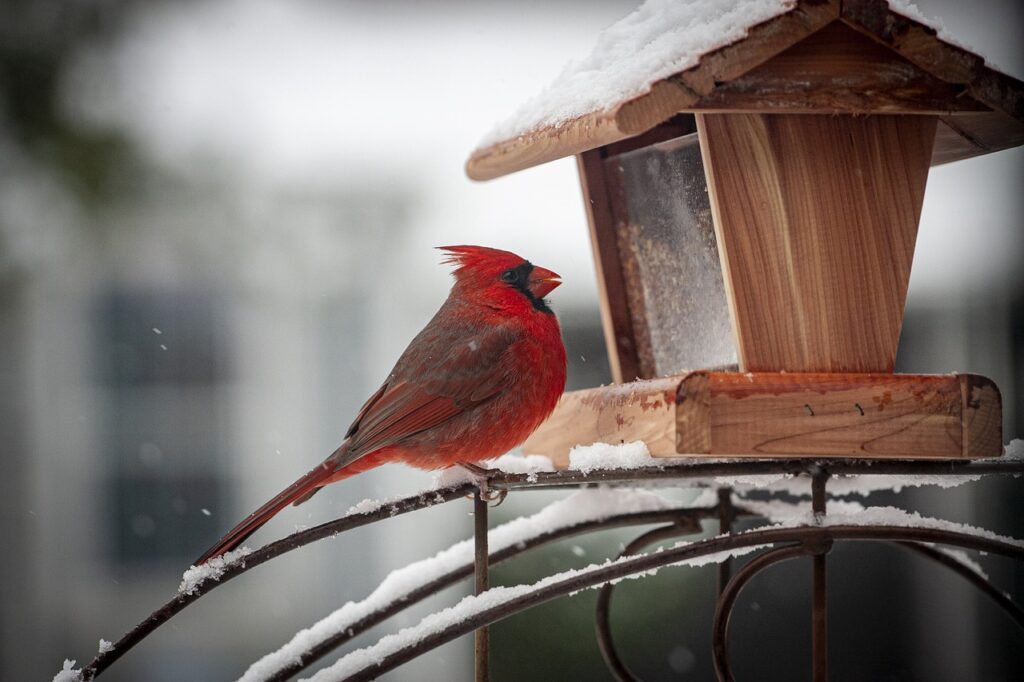
9. Feed the Birds
It’s harder for wildlife to find food and water in winter, which is why I like to turn my garden into a winter oasis for birds and other wildlife. To this end, I offer an array of bird seed to attract different birds and I put out a heated bird bath to ensure the birds that visit have access to fresh water. If you’re crafty or want to get little ones involved with feeding the birds, try making some DIY bird feeders by rolling pinecones in peanut butter and bird seed and hanging them around your garden with a bit of biodegradable twine!
10. Watch for Pests
Rodents are usually more active in winter when food resources are scarce, so it’s a good idea to take extra precautions to make sure your garden, potting shed, and home are rodent proof. If you keep outdoor chickens or feed wild birds, be sure to stow feed away at night in rodent-proof containers and consider making your own DIY rodent-proof chicken feeders too. I find that removing food resources is a very effective way to discourage rodent activity and I never use poison baits as these products can travel up the food chain and harm non-target animals, like owls and foxes.
11. Tend Houseplants
When the snows pile up high, it’s much harder to work in the garden — but that doesn’t mean you need to stop growing! I personally grow a lot of houseplants and I keep my green thumbs busy by tending them in winter. However, as any plant parent can tell you, houseplant care changes quite a bit through the seasons.
Although houseplants still need water and light during the winter months, most plants don’t need as much water at this time of the year and winter fertilizer is rarely necessary. Indoor air is a lot drier in winter too. But you can keep your plants from developing crispy leaves by adding a humidifier or pebble tray.

12. Rest Up
Of course, one of the best things about winter is that it encourages us to rest a bit more and get cozy. Although you can do some winter gardening, this slow season is a great time to catch up on some garden reading and replenish your energy for the growing season to come. After all, there will be much to do when spring returns and, resting now, will ensure you have plenty of energy for all that spring planting!
